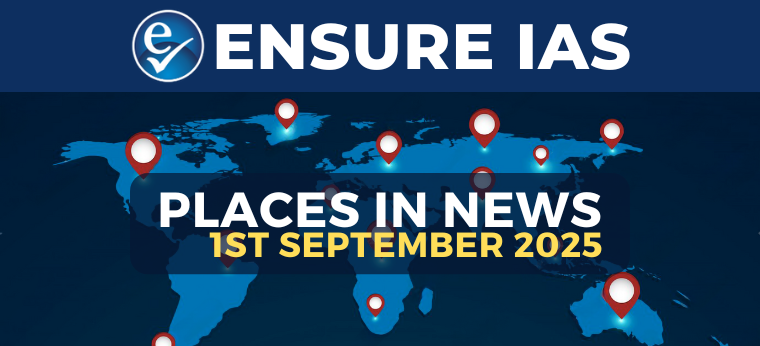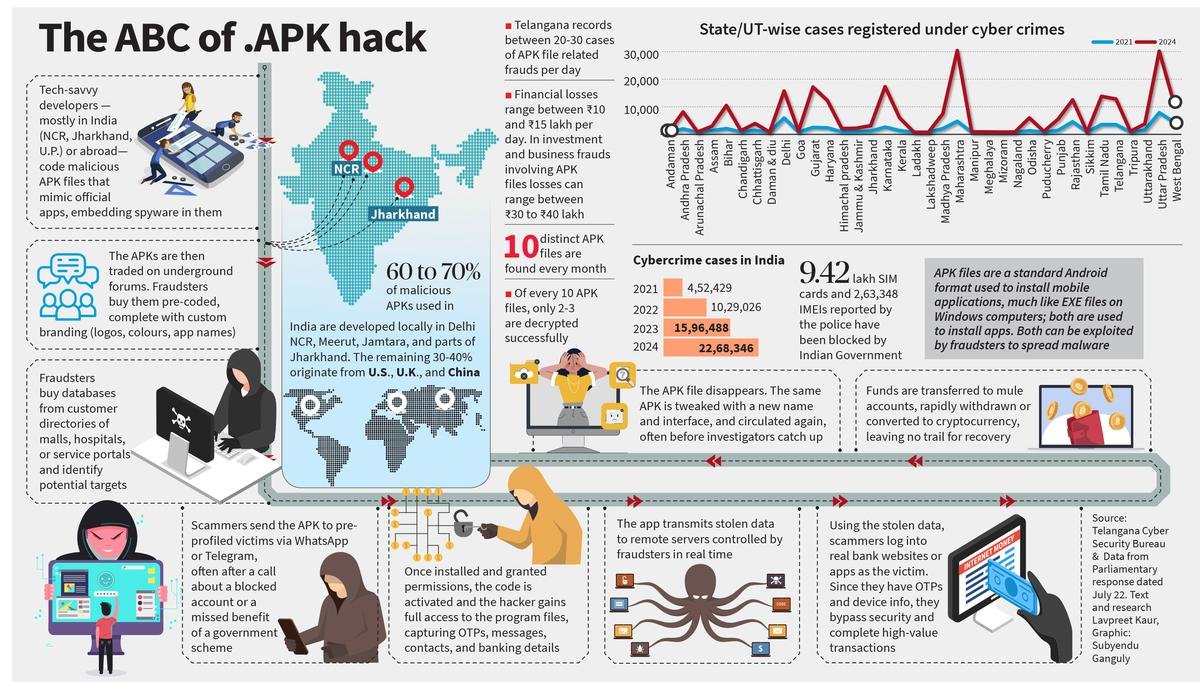Why in the News?
- A new Critical and Emerging Technologies (CET) Index has been launched globally in June 2025, ranking 25 countries based on their technological strengths in five key areas.
- India secured an overall score of 15.2, falling significantly behind global leaders such as the United States, China, and several European nations.
- This analysis comes at a time when technological dominance is shaping geopolitical power, economic security, and national defense strategies globally.
Critical and Emerging Technology:
|
What are the Key Highlights?
- What is the Critical and Emerging Technologies Index?
- A comprehensive global ranking tool that evaluates countries’ performance across five critical technology sectors:
- Semiconductors (35%)
- Artificial Intelligence (25%)
- Biotechnology (20%)
- Space Technology (15%)
- Quantum Technology (5%)
- Developed using public and commercial data, the index helps policymakers compare relative strengths and weaknesses in technology sectors.
- Each sector is assessed through multiple performance pillars such as funding, talent, core technologies, infrastructure, and global influence.
- A comprehensive global ranking tool that evaluates countries’ performance across five critical technology sectors:
- India’s Performance and Lagging Sectors:
- Score: 15.2, far behind the U.S., China, and Europe.
- Reasons for underperformance:
- Insufficient Investments: Limited funding in core sectors such as semiconductors and quantum computing.
- Talent Gaps: Shortage of highly skilled professionals in emerging technologies.
- Fragmented Ecosystem: Lack of synergy between government, academia, and industry.
- Weak Infrastructure: Poor chip fabrication capabilities and underdeveloped quantum labs.
- Global Leaders in Technology:
- United States: Leads the index due to:
- Massive Public and Private Investment in AI, semiconductors, and biotech.
- Top-tier Research Ecosystem with institutions like MIT and Stanford.
- Strategic Partnerships with nations like Japan, South Korea, and the EU, especially in chips and quantum technologies.
- China
- Strengths:
- State-led funding in biotech and AI.
- Centralised progress in quantum technologies.
- Advanced space capabilities.
- Weakness:
- Heavy dependence on foreign semiconductor tools and technology.
- Strengths:
- Europe
- Strengths:
- World-class biotech and ethical AI frameworks.
- Strong quantum research base (e.g., QuTech in the Netherlands).
- Weakness:
- Limited semiconductor manufacturing.
- Lower defence-based space programs compared to the U.S. or China.
- Strengths:
- United States: Leads the index due to:
- Significance for India:
- Strategic Benchmarking
- Enables India to identify global best practices and policy gaps.
- Europe’s strength in AI regulation and China’s scale-driven biotech investments can serve as reference models.
- Opportunities for Alliances
- Targeted partnerships can help India:
- Access advanced technology and markets.
- Drive joint R&D initiatives.
- Examples:
- Indo–EU cooperation in pharma and biotech.
- Collaboration with Japan for semiconductor fabrication.
- Targeted partnerships can help India:
- Strategic Benchmarking
Semiconductors:
Artificial Intelligence (AI):
Biotechnology:
Space technology:
Quantum computing:
|
What are the Challenges and Way Forward?
| Challenges | Way Forward |
| 1. Low R&D Investment in critical sectors like semiconductors and quantum tech. | Increase strategic funding in core areas; expand Production Linked Incentive (PLI) schemes to include chip design and quantum startups. |
| 2. Talent Shortage and brain drain due to limited advanced training and research opportunities. | Build a strong pool of skilled people by working with top international universities and setting up special technology-focused colleges in India. |
| 3. Fragmented Innovation Ecosystem, with poor coordination between academia, industry, and government. | Foster synergy through public-private partnerships, mission-mode innovation programs, and unified tech roadmaps. |
| 4. Weak Manufacturing Infrastructure, especially in chip fabrication and quantum labs. | Invest in infrastructure for semiconductor fabs, biotech parks, and quantum research hubs. |
| 5. Limited Global Partnerships and lack of access to cutting-edge technology. | Forge strategic alliances with tech leaders like the U.S., Japan, EU, and South Korea for R&D and tech transfer. |
| 6. Policy and Regulatory Gaps, despite initiatives like Digital India and Make in India. | Create clear and flexible rules that support new ideas, help protect inventions, and make it easier to start and grow tech businesses. |
Conclusion:
India’s low ranking in the Critical and Emerging Technologies Index highlights the urgent need for policy reforms, strategic investments, and global collaboration. By learning from global leaders and fostering a cohesive innovation ecosystem, India can strengthen its position in the global tech race and secure its strategic and economic future.
| Ensure IAS Mains Question
Q. India’s position in the Critical and Emerging Technologies Index reflects both its potential and its limitations in key strategic sectors. Critically examine India’s performance in emerging technologies and suggest measures to enhance its global competitiveness. (250 words) |
| Ensure IAS Prelims Question
Q. With reference to the Critical and Emerging Technologies (CET) Index, consider the following statements:
Which of the statements given above is/are correct?
Answer: a Explanation: Statement 1 is correct: The CET index evaluates countries based on their performance in five technology sectors: Semiconductors, Artificial Intelligence, Biotechnology, Space Technology, Quantum Technology. Statement 2 is incorrect: Semiconductors have the highest weight in the index. Statement 3 is incorrect: India is not in the top three countries. |





